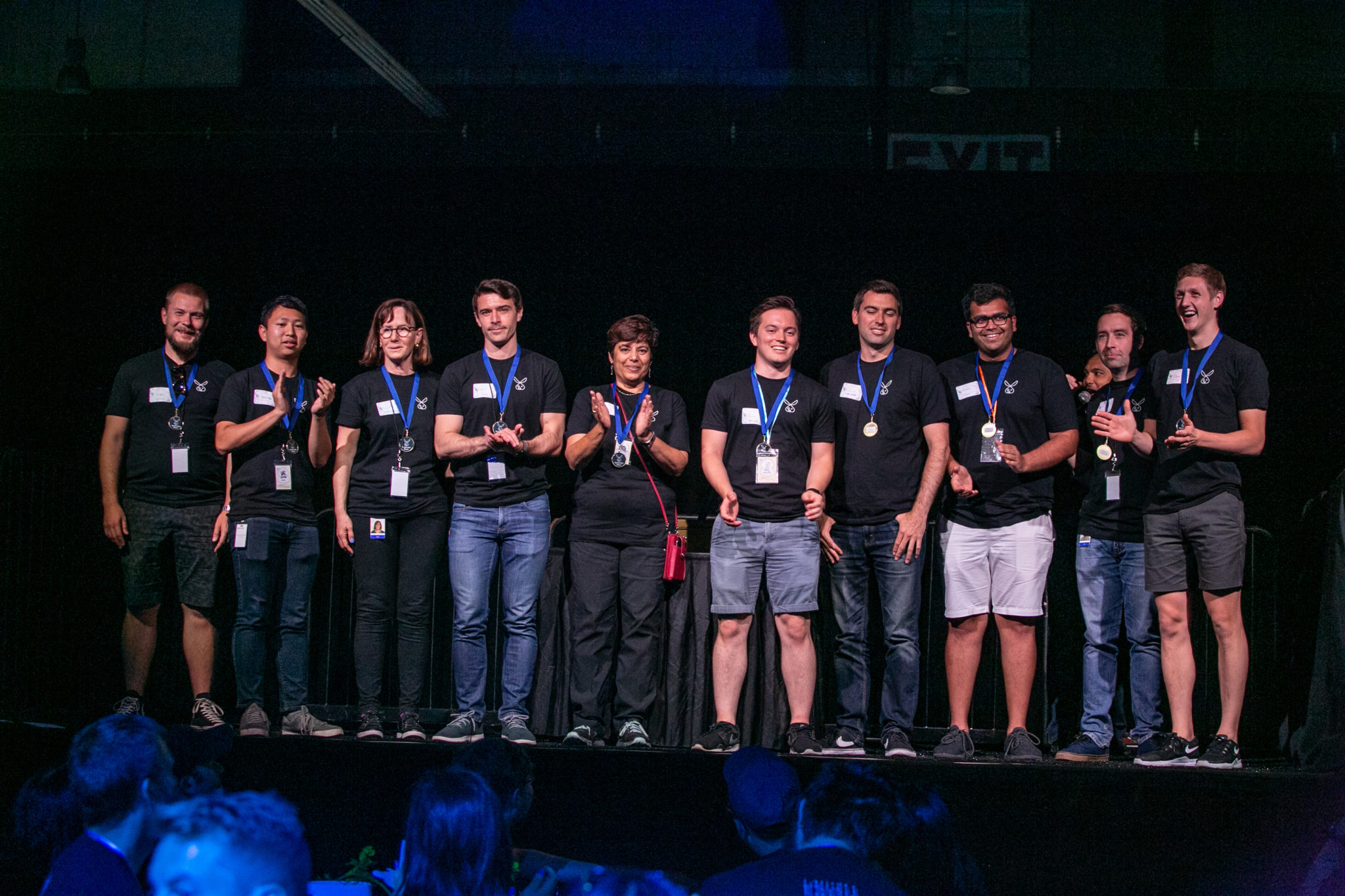5 things to do when your team is under pressure
We all deal with stressful situations at work.
These are the times teamwork comes to the fore. Will you band together and figure it out? Or freak out and fall apart?
That’s what our Atlassian Workplace Experience team put to the test at our annual company team building event: Big Bash. Atlassians were given a series of puzzles to solve, codes to break, and mysterious clues to unravel. But, unlike many stressful situations at work, this one was really fun.
The winning team from our California competition didn’t know each other at the start of the 90-minute challenge, but by the end, they were basking in the glow of eternal fame and glory as winners. How did they do it?

1. Don’t tell people what to do
“There was no clear person in charge. We let whoever had the key instructions at the time communicate the information everyone needed to know.” -Dennis Wei
Although this seems contrary to the way many teams are organized, it’s really the most logical approach to teamwork. Dennis and team allowed whoever had the right instructions and context to communicate what everyone needed to do next.
Which makes perfect sense for teams whose members have many different strengths and areas of expertise. You wouldn’t expect a product manager to tell an engineer what code to use, would you? You need to know what strengths you have on the team, and let people lead in the way only they can.
Is your team having trouble figuring out who should do what? Run a roles and responsibilities play to figure that out.
[vimeo 290542667]
2. Analyze everything – even if it means breaking a few things
“We destroyed everything on our table, but it was necessary to figure out what needed to get done” – BJ Schone
Especially when dealing with a new challenge, a team needs to figure out what it knows, and doesn’t know. For example, ask yourself these questions:
- What problem are we trying to solve?
- What information do we already have?
- What information do we need?
Get outside your comfort zone by adding ridiculous restraints to the potential solutions. What if you had unlimited budget? What if you only had an hour to come up with a solution? Adding restraints helps you think through your assumptions, and stress-test your current solutions.
Filling out a project poster template will help you record what you know about your project, and prompt you to go figure out what you don’t.
3. Play to your strengths
“We had a great cross section of team members from engineering, to managers, design, and analytics involved. I think the diversity really helped allow us to see the puzzles from different sides.” – Darin LaFramboise
Diversity of thought is proven to result in better decisions, products, and yes – even winning game challenges! If you don’t have a diverse team, think about how you can recruit people with different perspectives – be it to join your team full time, or to lend their feedback and perspective.
Finally, be sure to know and celebrate your team’s strengths so that people feel appreciated and like a meaningful contributor.
Hear Veena, Dennis, and Darin talk about the strengths on the team.
[vimeo 290542590]
4. Bail out when you burn out
The puzzles we had for this challenge were tough! Most teams didn’t even make it to the end in time. So one smart thing that our winners did was ask for help when they hit a wall, and bring in new people to take on the challenge.
This makes a lot of sense for teams who work on hard problems together. It’s crazy to expect that someone can build something all on their own, without some help. That’s why the best product, design, and marketing teams regularly do sparring sessions, where they bring their draft work, and ask people for feedback and help.
Run a sparring session to get help from other people on the projects you’re working on.
BJ explains how the team relieved people who were getting stuck
[vimeo 290542630]
5. Stay calm and communicate
“Our communication was very collaborative. We knew what the blockers and next-steps were at every point, and this helped us stay calm in deciding what everyone should be doing.” -Dennis Wei
We all know communication is the key to success, but the type of communication matters, especially when you’re under pressure. Make sure you take the time to clearly communicate priorities at each stage of a project. If you’re getting flustered, take a few minutes to calm down before coming back to the table. This is especially crucial for managers, as the mood and pace of the team takes a cue from the leaders. If you’re calm, your team will remain calm as well.
Performing under pressure is really all about trust. You’ve hired smart people, so let them play to their strengths. You know what everyone should be focused on, so don’t try to micromanage or wrest control in the middle of the project. Take a deep breath, communicate, and you’ll come out better for it.

